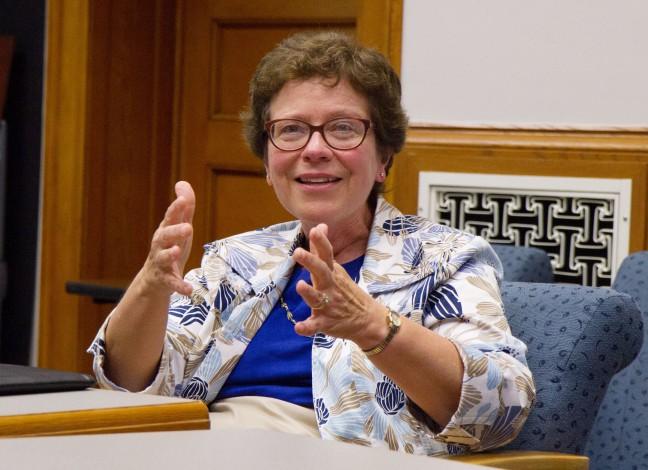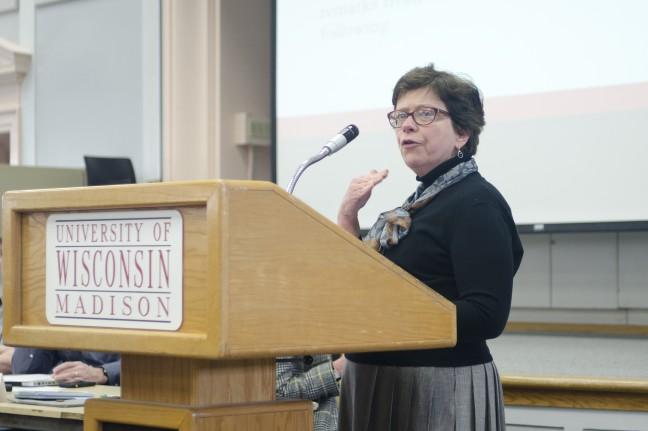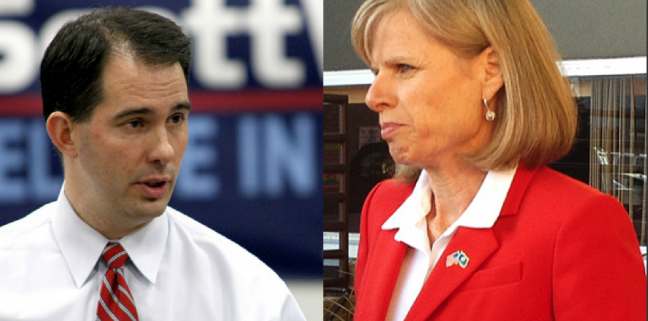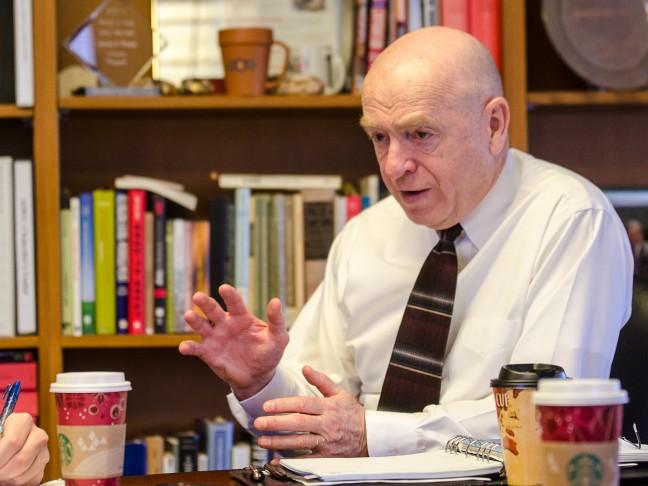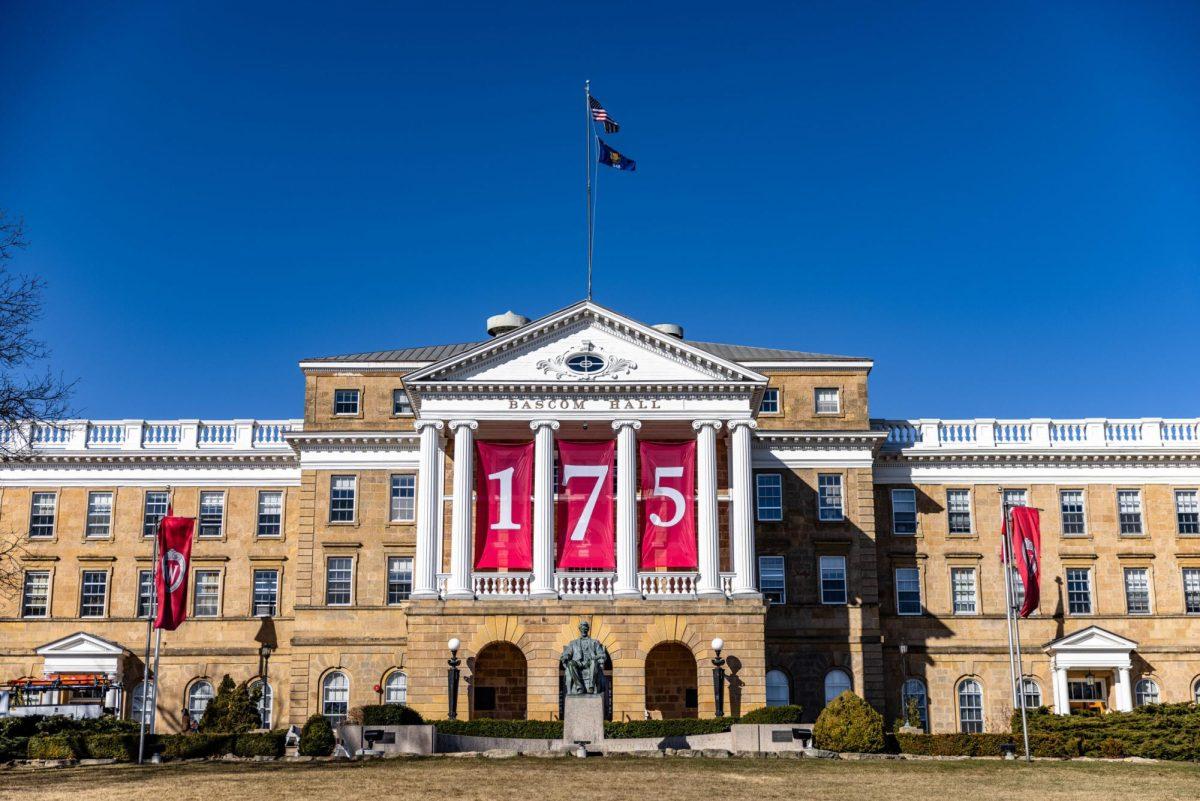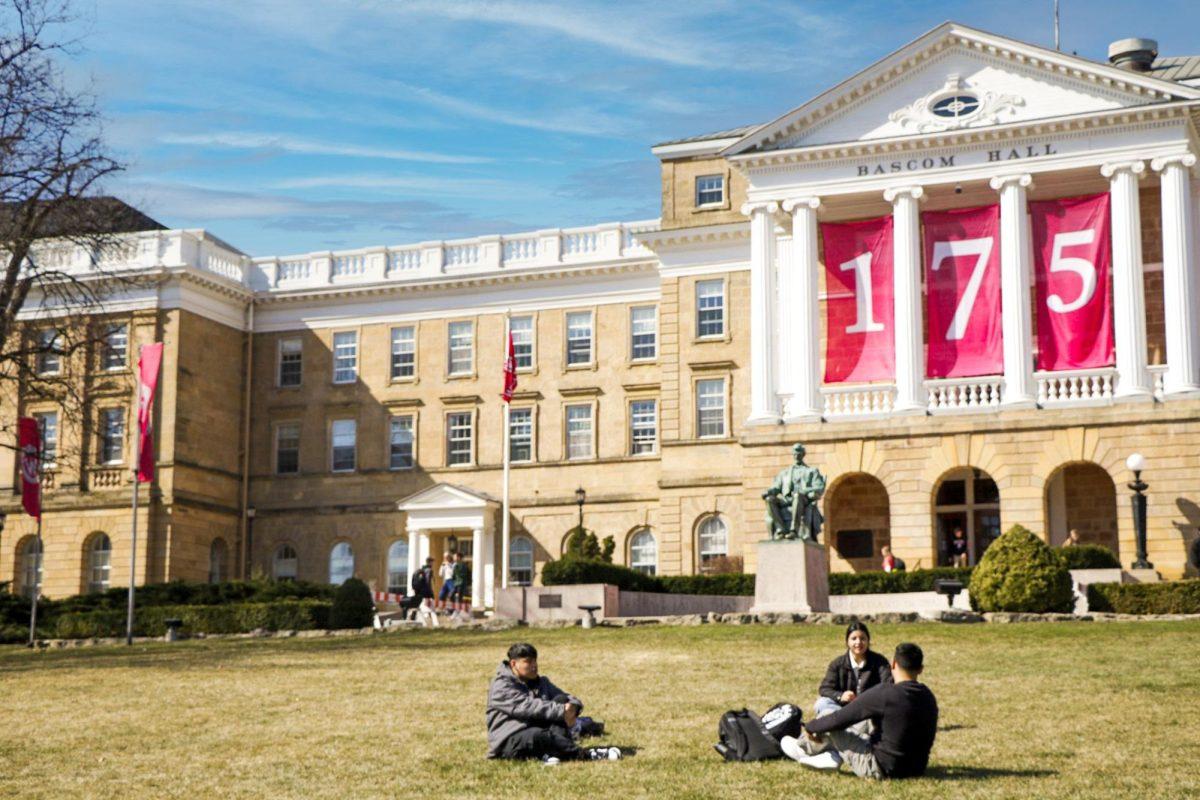A higher education report released Monday ranked the University of Wisconsin “best” for areas including a graduation rate of 49.7 percent and “worst” for items including a low number of Pell Grant recipients.
In the Chronicle of Higher Education report, the university raked “best” in six-year graduation rates, four-year graduation rates, completions per 100 students and student aid per recipient.
The two “worst” categories consisted of educational spending per completion and the number of Pell Grant recipients.
“With two exceptions, I’m delighted,” Provost and Vice Chancellor for Academic Affairs Paul DeLuca, Jr. said. “[The rankings] reveal everything we’ve been trying to do.”
These successes are achieved by UW’s ability to intervene when students find themselves struggling, he said, adding that UW has revamped its entire student advising program to better help students when they are having problems.
He said to this end, UW has made available programs like First-Year Interest Groups, which help ensure first-year success, along with many other intervention programs. Last year, UW achieved an overall six-year graduation rate of 83 percent and a four-year graduation rate of 49.7 percent.
In addition, UW has a 23.9 student completion rate per 100 students, higher than the national average, and an average student aid of $5,885 per recipient.
Still, when the Chronicle examined UW’s educational spending per completion, it ranked UW as one of the “worst” for spending $92,402 educationally per completion of a bachelor’s degree. DeLuca said he thinks this is misleading because it does not factor in the money spent toward professional programs.
Senior Policy and Planning Analyst at the Office of the Provost Clare Huhn agreed.
“The (misleading) conclusion you could come to is that Madison is very wasteful with its money,” Huhn said.
DeLuca said a vast amount of money goes toward graduate school programs including training veterinary students, Pharm.D. students and nurse practitioners.
Therefore, he said in comparing UW to other Wisconsin institutions without professional programs, UW appears to spend significantly more money than schools like UW-La Crosse, which does not have graduate programs to spend money on.
“[The survey] is not allowing for a like-to-like comparison,” Huhn said.
The Chronicle also found fault in the number of Pell Grant recipients UW houses, which DeLuca called a “chronic problem” for the university.
The survey showed that 14.6 percent of UW undergraduate students receive Pell Grants. Nationwide, UW ranks in the second percentile of all 4-year public colleges for Pell Grant recipients.
Of several causes, Huhn said she thinks this low number is caused by the small number of students admitted with low household incomes. Enrolling more students of low household incomes would increase the amount of Pell Grant recipients at UW, she said.
Still, DeLuca said he believes the low number of Pell Grant recipients is caused by the fact that students are not aware of the possibility of getting Pell Grants.
“That’s an internal problem, not an external,” DeLuca said. “We’re not applying for enough Pell Grants.”








